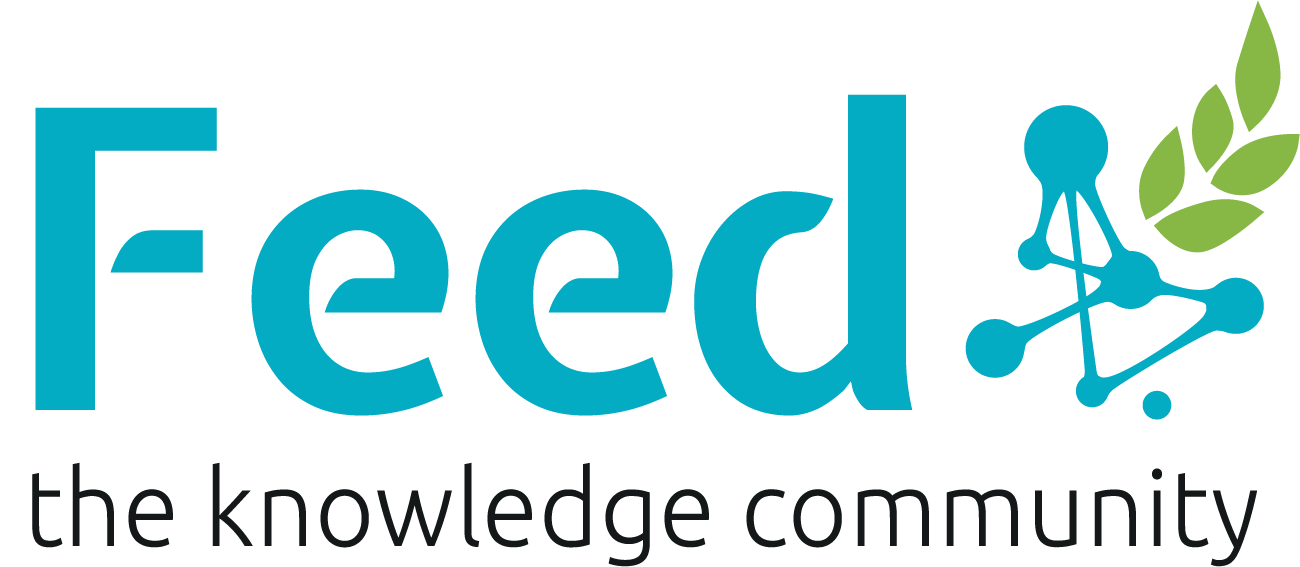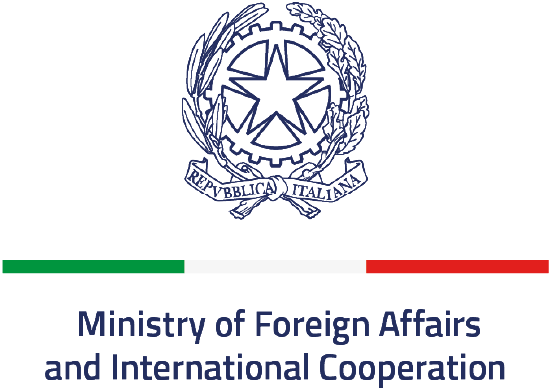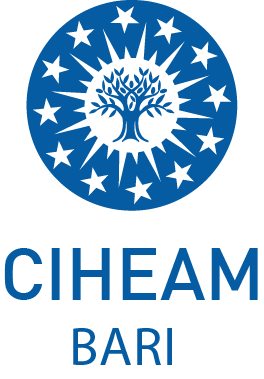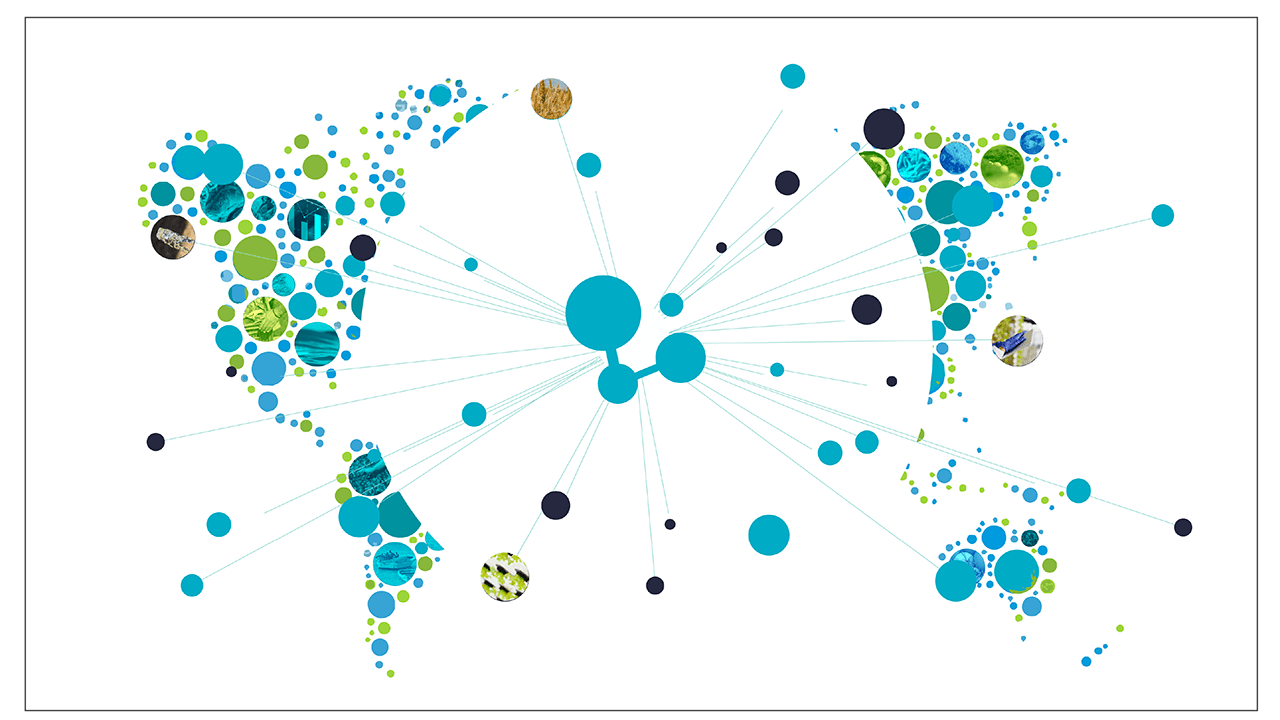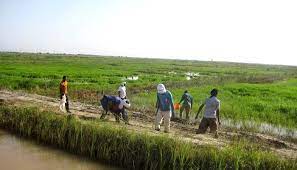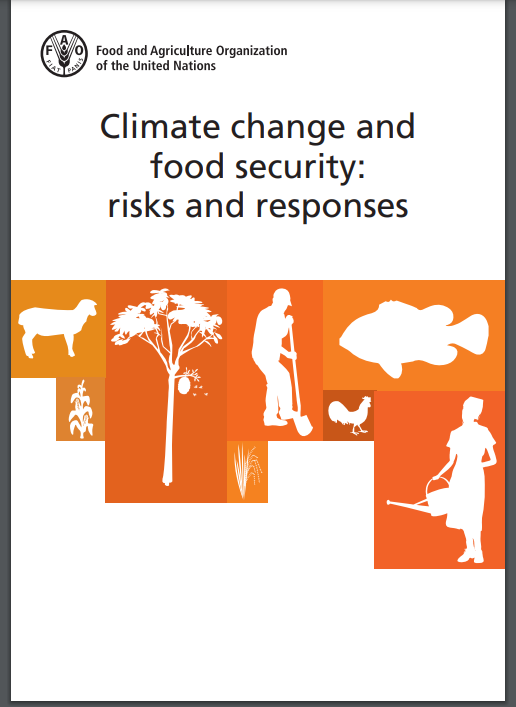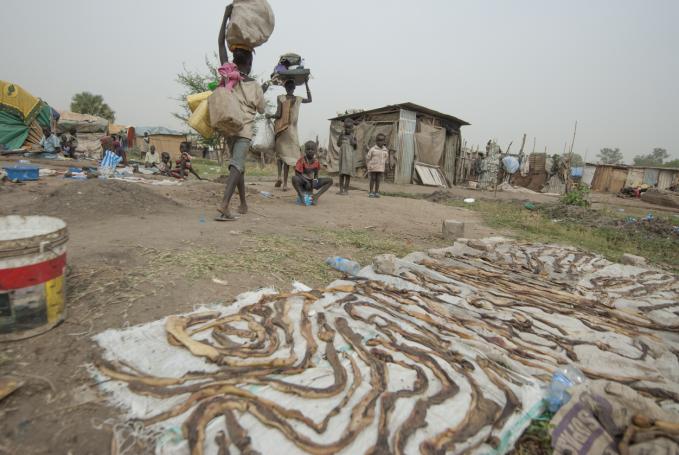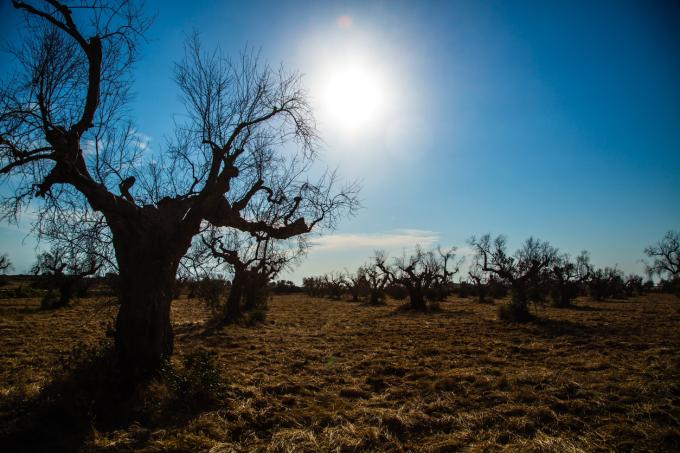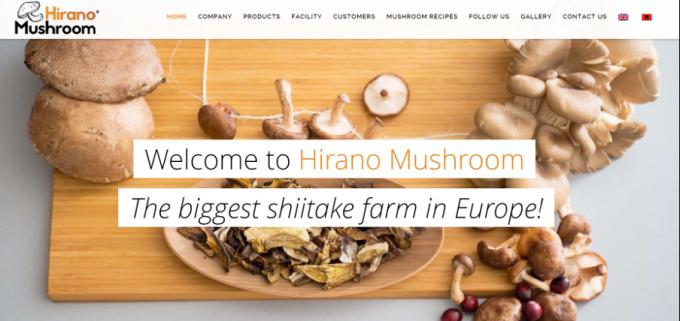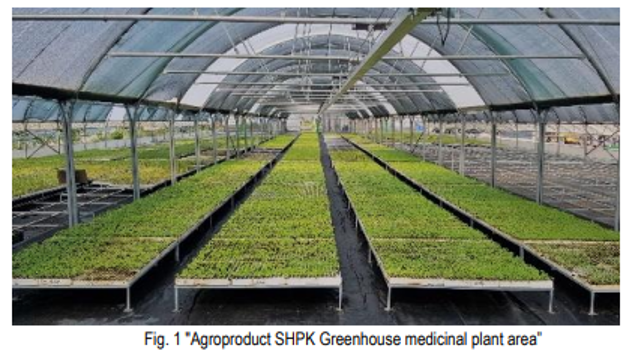GOOD PRACTICE

Enhancing Mediterranean rainfed dryland productivity and resilience through legume-cereal relay intercropping
Morocco
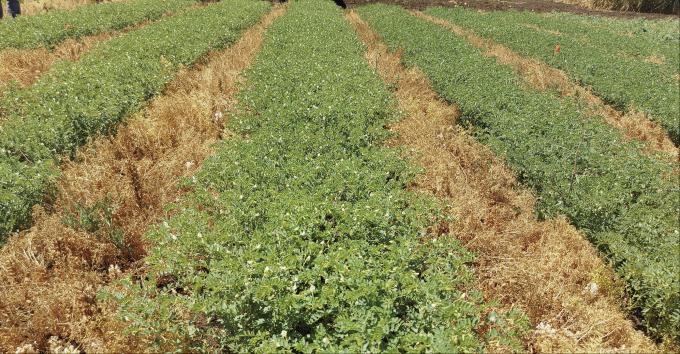
In Morocco's semi-arid rainfed regions, cereal monocropping dominates, facing threats from frequent droughts, extreme temperatures, and declining soil health. This initiative explores the integration of legumes into cereal rotations, specifically by relay-intercropping chickpeas into lentil fields. Conducted in Merchouch over three years, this innovation demonstrated improved productivity, income, and resilience. Farmers achieved dual harvests without yield losses, benefiting from drought-resistant crops and improved soil fertility. The system extended soil coverage, reduced erosion, and enhanced nitrogen fixation, promoting sustainable agriculture. Challenges include increased management complexity and the potential need for supplementary irrigation.
You must be registered to see all the content
In the semi-arid rainfed region of Morocco, more than 80% of arable land is under cereal mono-cropping with a single crop harvest in a year. The increasing frequency of drought, extreme temperature events, and declining soil health threaten crop production, where farmers are at high risk of complete or partial crop failure each year. Also, declining rainfall amounts and increasing variability threaten the high water-demanding cereal, like wheat production. For example, with continuous drought and highly variable rainfall patterns in the last five years, farmers lost their crops completely or had yields far below the average. Continuous growing cereal on the same piece of land each year not only depletes the moisture and nutrients from the same areas but also increases the occurrence of disease and insect pests. In this context, a better choice of crop species and crop management techniques is needed to improve resilience with better utilization of seasonal rainwater, system productivity, and soil health. The long-term average rainfall in the study region is 390 mm, with most rainfall from November to April. The Merchouch region is one of the main lentil production areas, where farmers grow lentils in a paired row, leaving more than 1m space between two paired rows to ease mechanical weed control and manual harvesting. This practice allows for the introduction of innovations that support the addition of additional crops through relay intercropping, better crop and variety selection, and management systems to ensure food security while increasing resilience.
Considering the cropping system, rainfall pattern and soil type of the region, an innovation to support diversification and intensification of the existing cereal mono-cropping system was explored in consultation with local experts and farmers. The choice of a suitable cultivar, i.e. a short-duration and upright type of lentil, allows relay intercropping with short-duration and low water requirement crops such as chickpea (drought and heat tolerant). The innovation was evaluated for three years (2019 to 2023) in Merchouch, one of the main lentil growing areas in Morocco, both at the station (ICARDA research station) and in the surrounding farmers' fields, involving different stakeholders (agronomists, plant breeders and farmers' associations and seed companies). The innovation was implemented on top of the farmers' lentil cultivation practice, where lentils are sown in paired rows (November-December), leaving more than one metre between two paired rows, mainly to facilitate mechanical weed control and manual harvesting. The use of short-duration and upright lentil genotypes allows relay sowing of chickpeas towards the end of February, when lentils are in flower. This allows additional crops to be harvested without compromising the productivity of the main crop. Through this collaborative research, farmers have learned to grow an additional crop using relay intercropping. Plant breeders also recognised the importance of varietal traits that fit the cropping system and targeted these traits in their breeding programme.
Innovation in relay intercropping of chickpeas into the existing farmer's practice of lentil production system showed it is possible to harvest two crops with the use of appropriate crops and varieties, planting techniques, and water management. This innovation was implemented in the following order of activities. First, the field was prepared by ploughing. In December, lentils were mechanically seeded. As per farmers ' practice, two rows of lentils were planted 15 cm apart, leaving around 90 cm spacing between two paired rows. Compound fertilizer was applied (@10:20:15 kg N, P2O5and K2O per hectare) during the seeding for both lentil and chickpea crops. In January, a herbicide is sprayed to control grassy weeds. The field is mechanically weeded twice, in mid-January and then again in February. The chickpea is then seeded at the end of February in paired lines (two rows 20 cm apart) with compound fertilizer. Each pair of chickpea lines is relay-seeded between pairs of lentils. Because the chickpea is planted within an already growing crop of lentils. The plots were manually weeded in March, and in April, the lentils were manually harvested and mechanically threshed. Chickpeas were harvested mechanically in mid-June. Two harvests of different crops, chickpeas, and lentils, instead of one diversified farming income stream. If rainfall is evenly distributed throughout the growing season, farmers will get good harvests for both crops. If rainfall occurs in the early season and the late season is dry, farmers will get good lentil harvests but not chickpeas. Alternatively, if rainfall occurs in the late season with severe drought in the early season, farmers may get loose lentils but a good harvest of chickpeas. This system also allows employment opportunities outside of the main crop growing period. There was no significant difference in soil moisture between sole lentils and intercropped lentils (with chickpeas) at the time of lentil harvesting. Having a second crop later in the season extends the period in which the soil is covered. Soil coverage mediated by the second crop reduces soil loss due to erosion. Additionally, including chickpeas as a relay-intercrop extends the cropping season and prolongs the period when the soil is covered, consequently protecting it from degradation. Another added advantage is that both chickpeas and lentils are leguminous, nitrogen-fixing crops that can improve soil fertility. On the social side, both have high cultural and culinary value locally. The technology has potential drawbacks as in years of extreme droughts, chickpea requires supplementary irrigation, especially during crop establishment. This is often inaccessible by many local farmers, resulting in poor crop establishment and low yield. However, with increasing drought events and high chances of crop failure, the focus needs to be on intensifying the production in a particular area with best use of available water resources (water harvesting), crop choice, targeted breeding program and management practices.
The innovation was integrated into existing practices in collaboration with national researchers, legume breeders, farmer groups and extension workers. Relay intercropping of chickpeas does not affect lentil yields because there is no significant competition for water and nutrients. Growing two crops on the same piece of land increases overall farm profits, and there is no yield penalty for growing lentils alone. Growing two crops also creates a more resilient production system where the farmer is not dependent on a single crop. Total crop production increased with the introduction of an additional crop: chickpeas. No yield reduction was observed for lentils as a sole crop. If rainfall is evenly distributed throughout the growing season, farmers will get good harvests from both crops.Two crops, especially protein-rich legumes, increased total protein yield, promoting food and nutrition security. Soil cover was extended by introducing a second crop later in the season, highlighting its role in reversing land degradation. Both crops are leguminous, which means they contribute to the supply of nitrogen to the soil. The introduction of the double legume relay crop in the following season increased the wheat yield by 12% compared with the wheat yield from the cereal-cereal rotation. With this advantage, this innovation can be implemented in different countries with similar production environments, provided that suitable varieties are available and appropriate management practices are adopted. The introduction of additional crops can increase the complexity of the system and its management. For example, planting standing lentils requires specialised machinery. This cropping system requires additional planting material, labour and inputs. It may also require additional irrigation in the event of late season drought.
